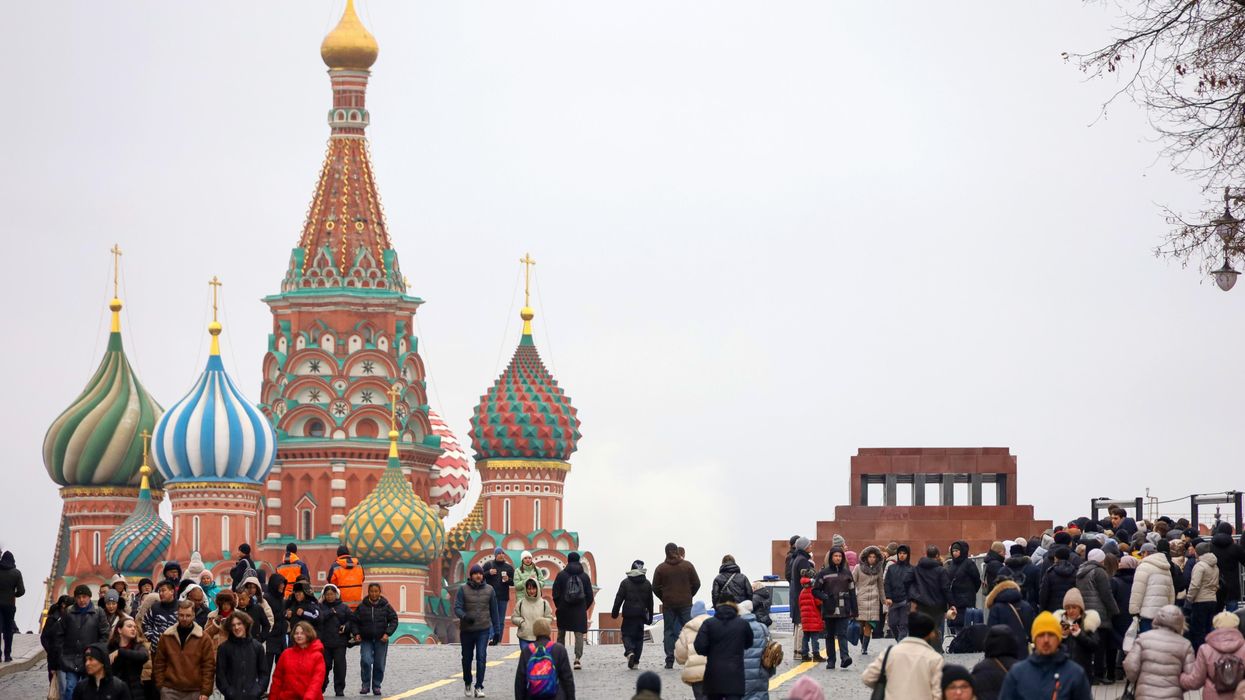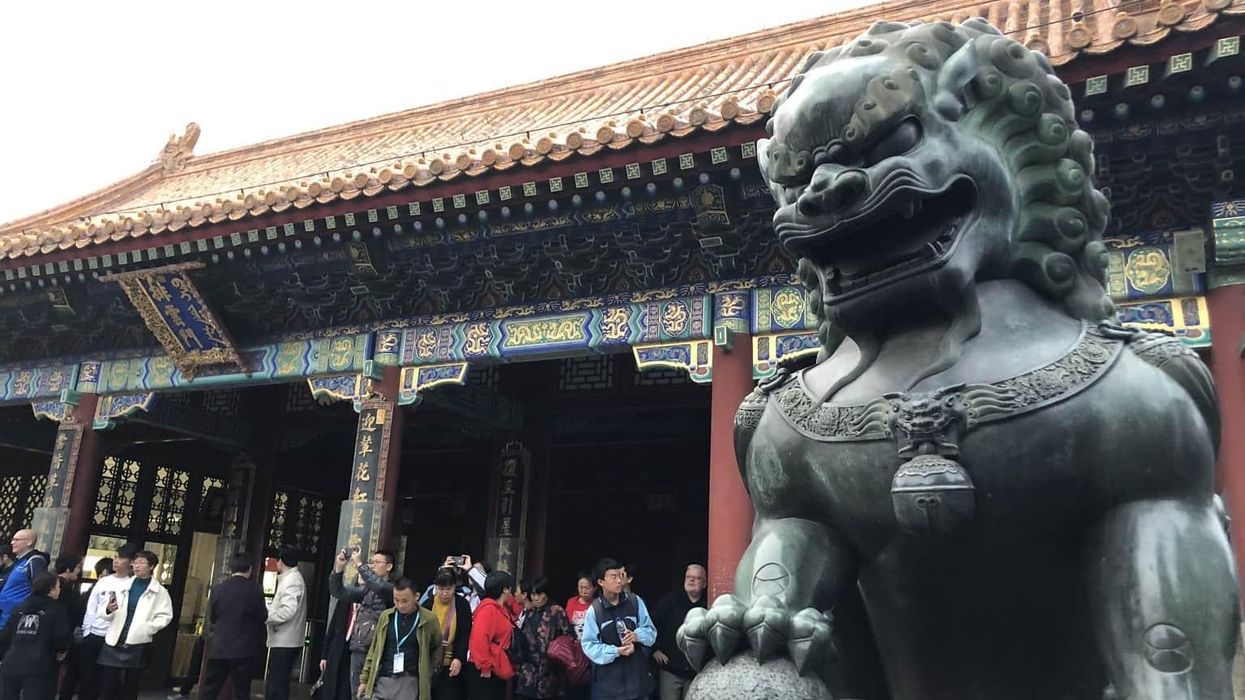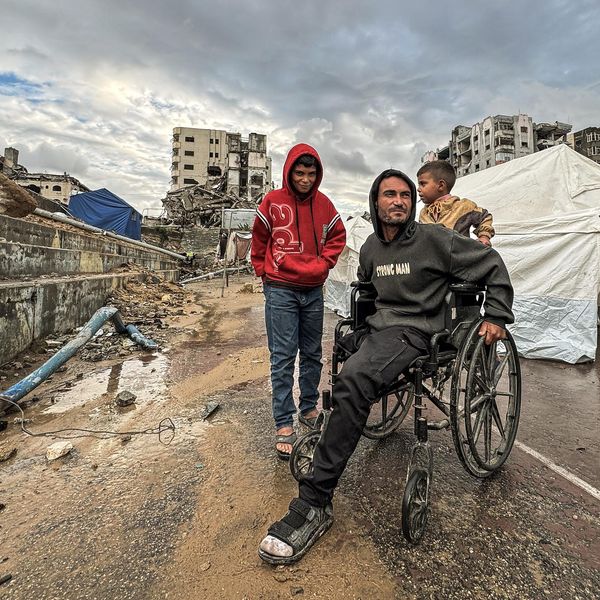I last visited Pemba in September 2017. It’s the capital city of Mozambique’s northernmost province of Cabo Delgado. I’d visited a few times in the years before to see friends and enjoy the rustic beaches. By that last trip, the relaxed pace I’d grown accustomed to had given way to a sense of anticipation. Massive international investment was eagerly expected for the continent’s largest natural gas deposit. Opportunity was at the door, shadowed by a sense of anxiety over how the region might change as a result. Would the investment help lift this left-behind province out of poverty? Or would it become another victim of the resource curse?
The insurgency began in October that year, with a coordinated attack on police stations and banks leaving 17 dead in Mocimboa da Praia, about 100 miles north of where I’d stayed in Pemba only weeks before. Since then, the conflict in Cabo Delgado has expanded and escalated, growing more capable and more violent year on year. Victims have been beheaded and dismembered. Others have been abducted. In March, militants raided Palma, a small town about 50 miles further north and home to the multi-billion-dollar extraction project that has promised billions in revenue for the Mozambican government and profit for multinational corporations. At the time of writing, dozens had been killed, including an unknown number of expatriate workers, and large parts of the town remained under control of the insurgents.
While the grotesque violence has been horrifying, the insurgency itself is not surprising. The northern part of the country has long been home to anti-government sentiments and resentment of the political elites in the south that dominate both the government and the dividends of development. It emerged in areas dominated by RENAMO, the rebel group in the Mozambican civil war that has been the main opposition party since the war ended in 1992. RENAMO gave voice to a large and marginalized minority. Growing economic angst fueled violence again in the region in 2013, and government forces responded with a heavy hand and human rights abuses, leading to widespread displacement of local communities. In many ways, the latest insurgency is filling the hole left by RENAMO after the death of its leader Afonso Dhaklama in 2018. By this time, however, a new generation felt cheated by the region’s marginalization. Unlike their parents and grandparents, this generation had no memory of the civil war to compare to their mostly peaceful but poor existence. A willingness to respond with violence had once again emerged. It was fertile ground.
The insurgency is limited to Cabo Delgado now, but there is a risk it could spread further south to other RENAMO areas dominated by opposition sentiment. Although the resistance began in the mosques of Mocimboa da Praia, the insurgency is driven more by anti-government sentiment than religious extremism. Grievances are focused on the lack of economic opportunity and abuse of local populations to benefit outside investors. The message was and still is: this government has done nothing for you, why should you follow its laws and pay its taxes. This is an essential distinction because it means that the grievances spurring on violence and drawing in more recruits can and must be addressed by better governance and sustainable development. A military response alone won’t suffice.
The U.S. government has designated the insurgent group a Foreign Terrorist Organization, and its members Specially Designated Global Terrorists. It’s true that the group pledged allegiance to ISIS in 2018, and ISIS has even claimed responsibility for some of the attacks, though the group has made little to no public statements locally. It may even be true that ISIS has provided the insurgents with training and support. But other facts suggest that this alliance is no more than a marriage of convenience for both parties. The group is known locally as Al-Sunna wa Jama’a (ASWJ) or Al Shabab (meaning ‘the youth’), but it has no relation to either of the Somali groups known by these same names. It has no public figures locally, has made no clear demands, and professes no overt religious doctrine. The insurgents’ adoption of ISIS-style terror tactics, like beheadings and kidnappings, were likely in return for material support that they craved.
In return for its support, ISIS has expanded perceptions of its reach, even though it likely has no command control over ASWJ and has done nothing to shape its unclear agenda. The connection with ISIS is neither ideological, tactical, or strategic. ASWJ appears to have equally transactional relationships with local smugglers, who are happy to fund disruption that help them retain control over what had long been a mafia-run state, in the absence of functioning government institutions. The arrival of customs agents and formal port procedures, with expanded international investment, had no appeal to those who had grown rich on illicit trades in the region. One common theme in the insurgents’ attacks has been securing resources, and both alliances have been essential in that quest. The world has paid attention to the violence in Palma and what appeared to be targeting of expatriate workers, but in the end, the insurgents appear to have secured significant food, fuels, and arms in the process. Rather than focus on fearful affiliations and tactics, we might ask what target they are supplying up for.
Labeling ASWJ global terrorists will have little meaningful impact on the hundreds of young fighters who fuel the insurgency. They have no bank accounts or property in the West to be impacted. It will, however, significantly influence how the U.S. government, and others, view the conflict and what actions they pursue to resolve it. This designation not only elevates what the conflict means for U.S. national security, but it also dangerously downplays the very real grievances fueling this, and prior, rebellions in the region.
If we accept primarily a counterterrorism lens, Mozambique could become the latest addition to a long list of foreign countries where U.S. Special Operations Forces settle in for the long haul, engaging in operations and military training destined to do little more than keep the threat contained. This would fit our world view and national security narrative, but that would do little to resolve the problem at hand. While the government of Mozambique has accepted limited military training from the United States so far, notably, it has not yet invited direct U.S. military action, which holds both appeal and risk for the receiving country.
Unfortunately, the challenges facing Cabo Delgado have no easy fix. Even the most effective military intervention would at best disrupt the current insurgency while leaving the ground fertile for the next one. Some form of public safety response, police or military, is essential to end civilian suffering, but so, too, is a long-term investment in a mutually beneficial social contract between the government of Mozambique and the people of Cabo Delgado, many of whom blame the government rather than ASWJ for their ills.
If Mozambique is to avoid a cycle of regional violence, the government must invest in building a national identity that reaches from the political elite in the south all the way to the marginalized north, come to the aid of its people who are displaced by violence, bring an end to abuses by government forces, and promote broad-based economic development stemming from the natural gas project. Pervasive, systemic corruption is at the heart of why the government struggles to achieve these objectives.
The United States can still help with the pressing military assistance needed, but it shouldn’t casually sign up for an expansion of the Global War on Terror when the issues spurring the violence are far more akin to a typical civil war. It should use the appeal of its military training and assistance to press the Mozambican government to make meaningful progress in the developmental and governance areas that are the real cause of angst. Label it what you want, but the solution lies in effective governance, and there’s no shortcut to get there.
















